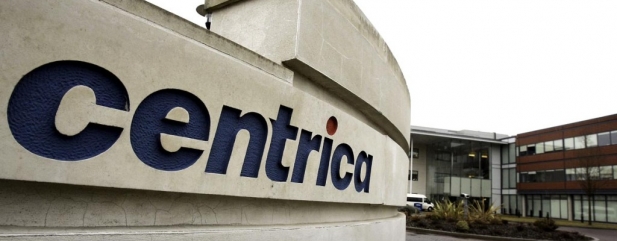Archived article
Please note that tax, investment, pension and ISA rules can change and the information and any views contained in this article may now be inaccurate.
Why are Centrica shares trading at more than 20 year lows?

At 95.8p energy firm Centrica (CNA) is trading at its lowest levels since 1998 when then-chancellor Gordon Brown introduced a windfall tax on privatised utilities.
It has been a bumpy ride for Centrica over the entirety of the intervening period thanks to several operational challenges.
This indicates how, over the long run, share prices reflect the underlying fundamentals of a business. The question now is if Centrica can deliver on its targets, and crucially, maintain the dividend? If it can then the current negative sentiment could dissipate.
On 13 May the company maintained its full year guidance for operating cash flow and net debt, saying that its operational performance was largely in line with expectations for the first four months of 2019. The update gave some relief to the market.
However, Centrica did caution that it faces a number of headwinds, including the expected negative impact from the UK default tariff cap, warmer weather and falling natural gas prices.
The tariff cap came into force in January 2019, and will be in place until at least the end of 2020. It saw Centrica take a one-off £70m impact in the first quarter.
In light of the challenges, management continue to focus on factors within their control, such as improving the customer service proposition, reducing costs and maintaining financial discipline. The company reiterated its 2019 targets including adjusted operating cash flow in the £1.8bn to £2bn range.
Of the targeted £250m efficiency gains, only £58m were delivered to the end of April, which puts into question the full year target.
WHAT IS CENTRICA’S LONG-TERM TRACK RECORD?
Centrica was formed in 1997 following the demerger from British Gas plc, which was named BG Group. British Gas Sales and Gas Trading, the retail business, together with the gas production assets of the North and South Morecambe gas fields became part of Centrica, which maintains the British Gas retail brand.
At the beginning of May 1999, Centrica shares were trading at 110p, implying that shareholders have suffered a 13% loss over the ensuing 20 years. That would be misleading, since the company has paid out dividends every single year.
According to Refinitiv data Centrica has delivered a total return, factoring in dividends, over the last 20 years of 111.5% against 157.5% for the FTSE All-Share.
Since Centrica was formed from the demerger, revenue has increased from £6.4bn to roughly £28bn today. A growth rate of 7.7% a year, which looks a decent performance.
The problem has been converting those revenues into operating cash. Back in 1999, the company was generating £1.4bn and it expects between £1.8bn and £2bn in the current year. This represents a growth rate of just 1.5% a year.
Important information:
These articles are provided by Shares magazine which is published by AJ Bell Media, a part of AJ Bell. Shares is not written by AJ Bell.
Shares is provided for your general information and use and is not a personal recommendation to invest. It is not intended to be relied upon by you in making or not making any investment decisions. The investments referred to in these articles will not be suitable for all investors. If in doubt please seek appropriate independent financial advice.
Investors acting on the information in these articles do so at their own risk and AJ Bell Media and its staff do not accept liability for losses suffered by investors as a result of their investment decisions.

 magazine
magazine









